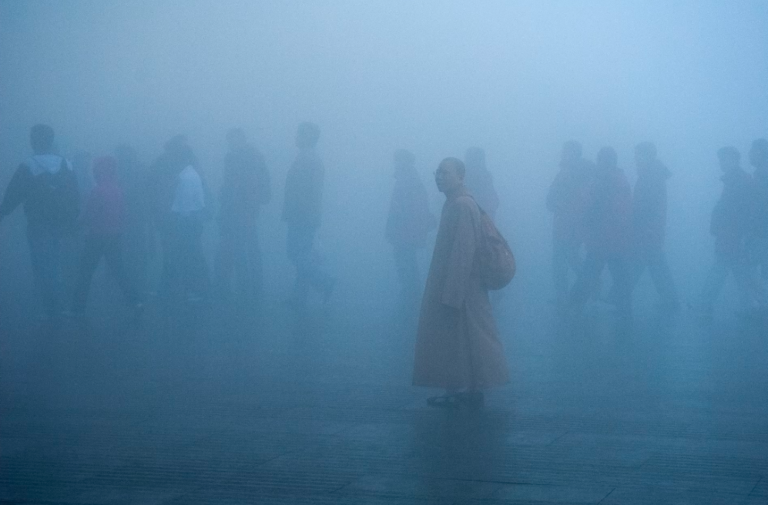The world’s most polluted places often remain obscure, even within their own countries, yet their impact is profound, affecting millions worldwide with cancers, birth defects, developmental issues, and reduced life spans. Here are 10 of the most polluted places globally.
Table of Contents
Chernobyl, Ukraine
Chernobyl gained infamy as the site of history’s worst nuclear disaster in 1986, releasing radiation levels far exceeding those of Hiroshima and Nagasaki bombings. Today, its 19-mile exclusion zone remains uninhabitable, with residents still grappling with health repercussions like skin lesions and thyroid cancer.
Dzerzhinsk, Russia
Formerly a major chemical weapons manufacturing hub, Dzerzhinsk holds the dubious distinction of being the most chemically polluted city worldwide. Improper disposal of nearly 300,000 tons of chemical waste has led to alarming mortality rates and significantly shortened life expectancies.
Kabwe, Zambia
Decades of lead and zinc mining have left Kabwe contaminated with hazardous levels of lead dust in soil and water, resulting in widespread lead poisoning, particularly among children, with blood lead levels far exceeding safe limits.
La Oroya, Peru
Toxic emissions from metal processing plants have rendered La Oroya’s environment highly hazardous, with alarming rates of lead poisoning among children and high mortality linked to pollution-related illnesses.
Linfen, China
Linfen, situated in the heart of China’s coal industry, suffers from severe air pollution, exemplifying broader environmental challenges in China, where many cities rank among the world’s most polluted.
Mailuu-Suu, Kyrgyzstan
Home to vast radioactive mining waste, Mailuu-Suu faces the constant threat of environmental catastrophe, with the potential for landslides to expose radioactive material and contaminate water supplies.
Norilsk, Russia
Norilsk, a heavily industrialized city, endures extreme pollution from metal smelting operations, leading to blackened snow, sulfuric air, and widespread health issues, particularly respiratory ailments among children.
Sukinda, India
Sukinda’s chromite mining operations have left the region plagued by contaminated water supplies and toxic dust, contributing to a range of health problems, including gastrointestinal issues and respiratory diseases.
Sumgayit, Azerbaijan
Once a major Soviet industrial center, Sumgayit suffers from rampant pollution, resulting in high rates of birth defects and genetic abnormalities, attributed to uncontrolled emissions and hazardous waste dumping.
Tianying, China
A significant lead production base, Tianying grapples with severe lead contamination in air, soil, and water, causing a host of health issues, particularly among children, including impaired cognitive development and organ damage.












